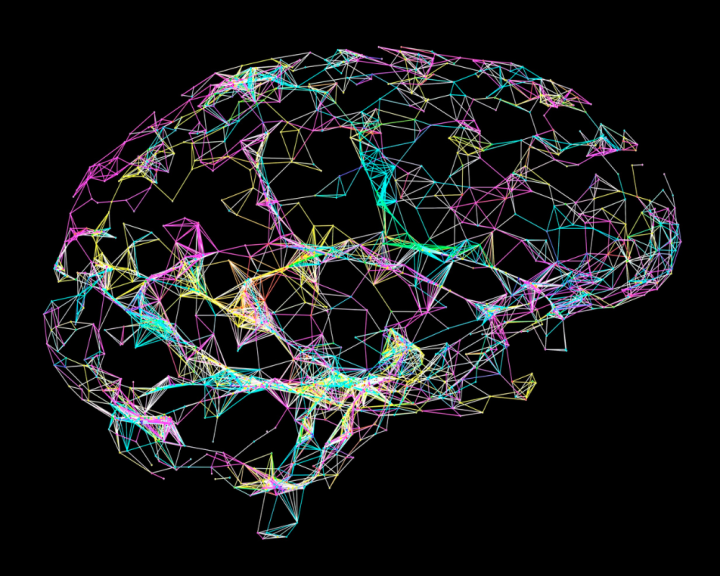Proteins could be the key to catching Alzheimer's Disease early
The research, led by the University of Oxford, studied the protein data over 1,000 Generation Scotland volunteers.

Alzheimer's disease is a condition which affects the brain and is the most common cause of dementia in the UK. Dementia is the name for a group of symptoms associated with an ongoing decline of brain function. It can affect memory and thinking skills and eventually the ability to carry out simple tasks. Although a number of studies have reported characteristics that can be measured for Alzheimer's diagnosis, the exact cause of Alzheimer's Disease is not yet fully understood.
Proteins play vital roles in our bodies and have many functions, including repairing and building body tissues. The plasma in our body carries 6-8% of these proteins. A recent study, co-led by University of Oxford researchers, looked to further understand the cause of Alzheimer's Disease by looking at the proteins in plasma. They studied 5,032 proteins from 1,061 Generation Scotland volunteers, including 628 women and 433 men. The researchers aimed to identify characteristics that can be measured before Alzheimer's Disease is seen and treated. They also wanted to understand how characteristics of Alzheimer's Disease may differ between men and women.
They found that some individual proteins and networks of proteins were linked to loss of neuron function - the main component of nerve tissue - over time. They also found that some individual proteins and their networks were linked with damage to the body's network of blood vessels.
In further analysis, the study showed that four proteins created sex-related differences in the loss of neuron structure and function in the brain. Additionally, it identified one protein that created sex-related differences in blood vessel network damage.
These identified proteins could be used to help recruit individuals into clinical trials who have no clinical signs of Alzheimer's Disease, but who show signs of loss of neuron structure and function and blood vessel damage. They could also be used as predictive characteristic measures to monitor possible success or effectiveness of treatments. In addition, these proteins provide targets for further studies of sex differences in brain pathology and Alzheimer's risk. This could potentially to lead to more effective sex-specific preventative or therapeutic treatments.
This paper was published in the journal Alzheimer's & Dementia. To read more, visit the link below:

